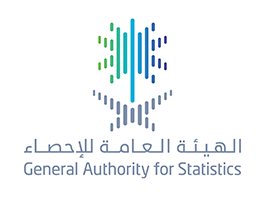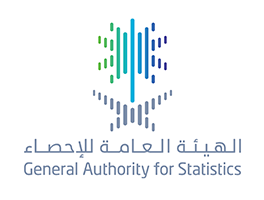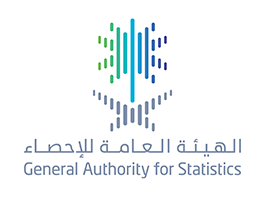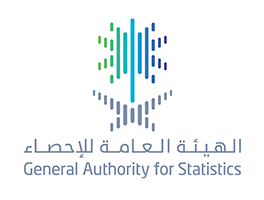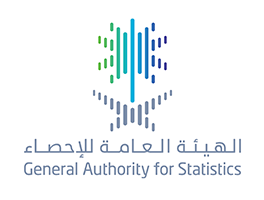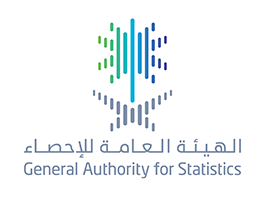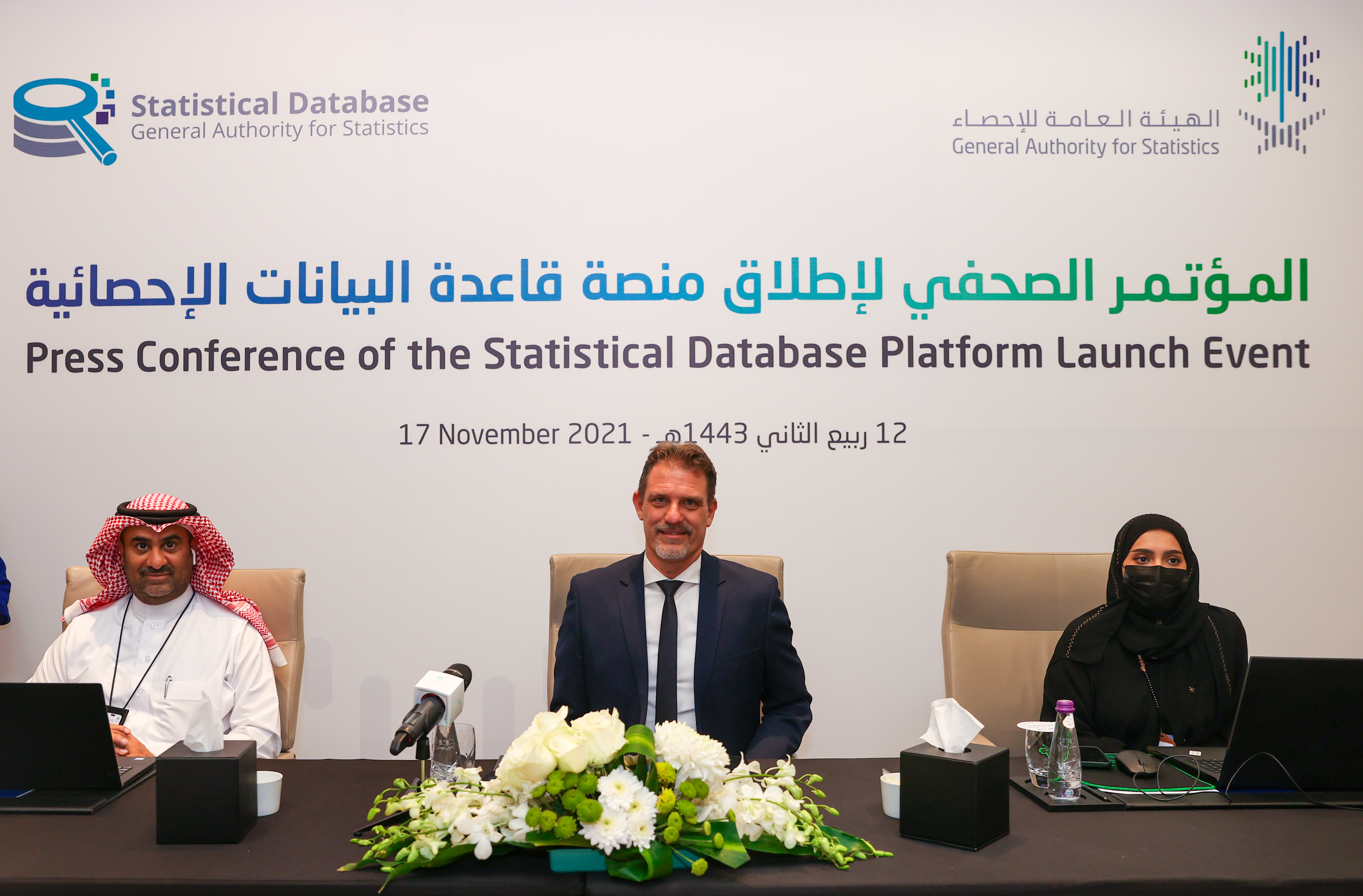GASTAT launches the pilot census
27-09-2021
Prior to conducting the General Population and Housing Census:
The General Authority for Statistics (GASTAT) has started its work of the pilot census, which targets a specific sample of governorates and households, as a step towards preparing for the implementation of the General Population and Housing Census in Saudi Arabia, after it had been postponed in 2020 due to Covid-19 and the pilot phase will finish on 12 October 2021.
The pilot census phase aims to test the Saudi census questionnaire, its operational model, and the various technical systems that will be applied in the census operations.
During the previous stage of suspending the census work, GASTAT took advantage of the opportunity to improve its tools for implementing the census and introduce various technologies and software that will contribute to raising the level of effectiveness of the census work and its results.
GASTAT will allow citizens and residents to conduct self-enumeration, where field researchers will not need to visit households, and the head of the household can electronically fill the census questionnaire through a dedicated website.
The pilot census goes through several stages, including numbering and enumerating buildings and enumerating the components of buildings such as housing units and households, in addition to counting the population and identifying their demographic characteristics, counting individuals in labor gatherings and public housing, and collecting their social, economic, and demographic characteristics. It is worth noting that only tablets will be used during this phase to collect data in the field and to extract results in an accurate and timely manner.
In order to achieve the highest level of quality control for the pilot census operations, the application of high-quality standards was followed. This will help to effectively contribute to the evaluation and study of the results, as well as in the conclusion of lessons learned, which will prove beneficial during stages of the actual census. The results of the experiment will be used to finalize the census methodology and questionnaires in accordance with international recommendations, and to meet the needs of data users.
The participation of all community members targeted in the census is a national duty that contributes mainly to the success of this experiment, and to reflect its outputs on the stage of the actual census; referring to the royal orders which emphasized on the importance of cooperating and responding to the requirements of carrying out the General Population and Housing Census, of which the pilot census phase is one of its main components.
GASTAT will adhere to the highest levels of privacy and confidentiality towards individuals residing in Saudi Arabia participating in the population census. When publishing the census results, data privacy and confidentiality principles will be adhered to, as GASTAT will not disclose to any person, entity or body any identifying information or data related to individuals, or any other data provided in the census survey. The collected data enjoys the highest levels of protection. This is done by following detailed procedures to monitor and control the disclosure of information and statistical data. Where this method ensures that no personal information relating to identity, or any of the identifying features for individuals can be disclosed.
In order to raise the level of communication, GASTAT has launched a special website for the census that includes detailed information about the concept of the census and its implementation methods. The website also includes various tools that raise awareness about the census and its importance and highlight the value of the results through its contribution towards national development plans. GASTAT has also provided through the census portal various media and awareness material that can be used in transferring knowledge, building a comprehensive national culture towards the census, and communicating with GASTAT’s employees to obtain any additional information that contributes to serving GASTAT’s clients.
